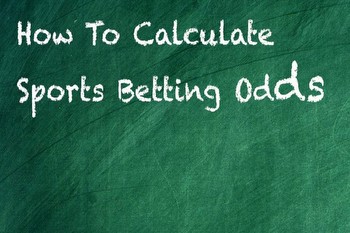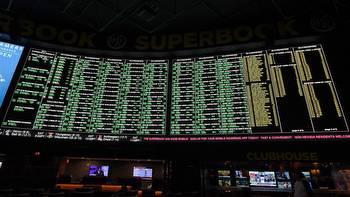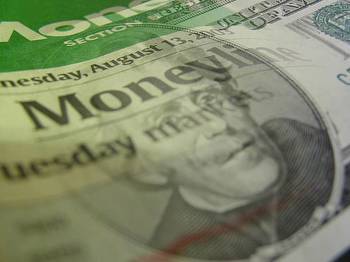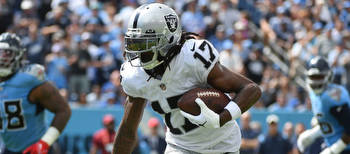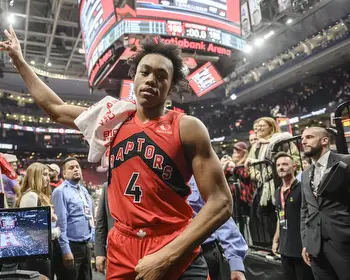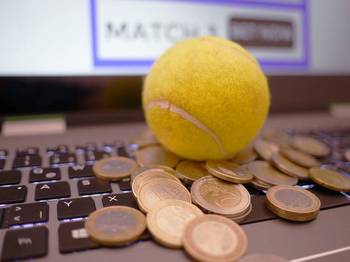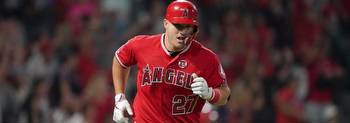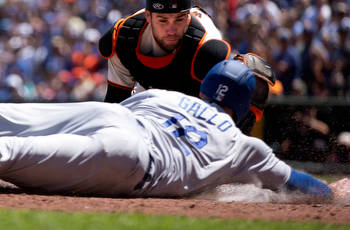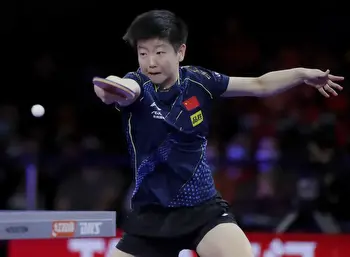What Do The Sports Betting Odds Mean
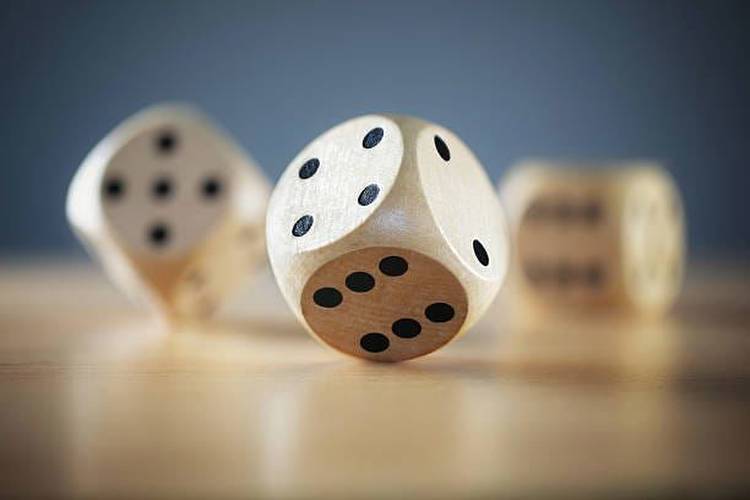
Learning how to read betting odds is a critical step to finding success as a sports bettor. Some believe this is a difficult task, but with a little time investment and some practice, reading odds can become second nature. Among other things, understanding odds helps determine bet sizes, payouts, and how to discover (and exploit) value in a betting line.
The following breakdown educates new bettors about how to read and understand betting odds—and how to turn that knowledge into profit.
How Odds Correlate with Payouts
The first thing to know about betting odds is what they represent. Betting odds are a tool that reveals an oddsmaker’s opinion (or stance) on a particular game, event or proposition. They also reflect how much money bettors must risk to win a specific amount—that is, the potential payout.
What is the Vigorish?
Vigorish (also known as “vig” or “juice”) is the name given to the amount charged by the sportsbook for taking your bet. Think of it as the casino’s cut for the service it provides. Vig amounts vary from sport to sport and wager to wager, and it’s not always easy to determine the vig from reading the odds.
A good example would be a coin toss that has an equal chance of landing either heads or tails. Because of the theoretical 50-50 outcome, you would expect to get even money in return for a coin-toss bet—in other words, if you bet $10 on heads and the coin lands on heads, you would expect to receive $20 ($10 original bet, $10 profit).
However, sportsbooks don’t operate this way. Instead, they offer odds of -110 for each side of a point-spread wager (we’ll dive into moneyline odds later). This means for every $10 you want to win on a spread bet, you have to bet $11.
If the odds were even (also represented as +100 in American sports betting), an $11 bet would have a payout of $11 (so a total return of $22). But at -110 odds, an $11 bet pays out $10 (total return of $21).
Another way to look at it: Let’s say you place a $100 bet at -110 odds. Your potential winnings aren’t $100 but rather $90.91. Here’s the math:
- -110 odds when represented as a fraction is 10/11
- 10 divided by 11 equals 0.91 (after rounding)
- 0.91 multiplied by $100 (the amount of the wager) equals $90.91
So how do we explain that missing $9.09? It’s the vig.
Implied Probability
Implied probability is the expected chance of an outcome as determined by bookmakers, and it’s shown using odds.
For serious bettors who want to assess the potential value of a bet, it’s paramount to convert odds into implied probabilities. If you give a team a 60% chance of winning, but that team’s implied probability of winning is 40%, you theoretically have an edge over the sportsbook.
The process for converting odds to implied probability involves a somewhat tricky math equation, but it’s well worth your time learn it—especially if you plan on being a serious sports bettor. The equation is slightly different for underdogs and favorites.
For favorites: Odds/(Odds +100) * 100 = Implied Probability
For underdogs: 100/(Odds +100) * 100 = Implied Probability
Let’s put these calculations to work using this hypothetical game:
Team A has odds of -120
Team B has odds +115
The implied probability for Team A would be 54.54%; for Team B, it’s 46.51%.
What Does it Mean When Odds are Negative?
Odds with a negative (-) symbol indicate the betting favorite. The number that follows the negative symbol (the odds) reveals how much to bet for every $100 you want to win.
For example, as explained above, if the team you’re betting has -110 odds, you need to wager $110 to win $100. If your team has -150 odds, you must risk $150 to win $100.
How much do you have to wager if you want to win $300 on a favorite of -150 odds? Simple multiplication: $150 x 3 = $450.
What is Chalk in Sports Betting?
The term “chalk” in sports betting refers to a team that is favored on the odds board. When you hear someone say, “The New England Patriots are a big chalk this week,” they mean the Patriots are a heavy favorite. A small chalk, then, would be a slight favorite.
There is no magic number that differentiates a “big chalk” from a “small chalk” in any given sport. The more you get involved in sports betting, the quicker you’ll begin to form your own definition for “big chalk” and “small chalk”.
What Does it Mean When Odds Are Positive?
When odds are presented with a plus (+) sign in front of them, that signifies the underdog. Whereas negative (-) odds tell you what you have to bet on the favorite to win $100, positive (+) odds tell you how much you’ll win for every $100 you wager on the underdog.
So, a team with odds of +120 would payout $120 for every $100 wager. A team with +250 odds would pay $250 for every $100 wager (or $500 for every $200 wager, or $750 for every $300 wager).
What Does a Pick’em Mean?
The term pick’em in sports betting refers to a game or match that has no favorite or underdog. In this case, both sides are considered equal and there is no point spread listed. On the odds board, you can spot pick’em games one of two ways.
The first is that the moneyline odds are identical for both teams—both sides are listed at +100 (+100 being the sports betting equivalent of “even”).
When it comes to pick’em point spreads, the usual number you see on the betting board—for instance -2 or +4.5—is replaced by two letters: PK
Here are three examples of what a pick’em looks like at the sportsbook:
- Team A (-110) vs. Team B (-110)
- Team A (+100) vs. Team B (+100)
- Team A (PK) -110 vs. Team B (PK) -110
Commonly Seen Sports Betting Odds
Once you spend enough time betting on sports, you will come across some common point spreads, moneylines and odds. Here are several examples of what you’re most likely to see (and what it all means):
- What a +7 spread means: A team that’s +7 simply means they’re a 7-point underdog. When betting a 7-point underdog, you need that team to beat its opponent outright or lose by 6 points or fewer. If the team loses by exactly 7 points, it’s called a push (tie) and you get your money back.
- What a +4.5 spread means: If a team that’s +7 is a 7-point underdog, then a team that’s +4.5 is … yep, you guessed it: a 4.5-point underdog. What about that half-point? It indicates there won’t be a push. If a 4.5-point underdog wins the game or loses by four points or less, it “covers the spread”. If that same underdog loses by 5 points or more, it does not cover the spread. When a half point is attached to a point spread, a winner is guaranteed. There can be no tie.
- What +350 odds means: If you see odds expressed this way, you’re looking at the moneyline. These odds indicate that the team is a significant underdog, with a 22% implied probability of winning. But if that underdog were to pull off an upset and you wagered $100 on them, you’d collect $350 in profit (plus your original $100 bet).
- What +125 means: A team with odds of +125 is a small (or short) moneyline underdog. A $100 bet on a team at these odds would yield a profit of $125.
- What 20-to-1 means: When you see 20-to-1 odds, you’re looking at a long shot that is unlikely to win. In fact, the implied win probability for a team that’s 20-to-1 is 4.76%. However, should that long shot come in, it would pay out $20 for every $1 wagered. So a $1,000 bet on a 20-to-1 shot would bring in a tidy profit of $20,000. (Tip: It doesn’t happen often!)
- What does 30-to-1 mean in betting: This is the same as 20-to-1 but with an even bigger underdog. The implied probability for a win moves to 3.23% in this case but with a bigger payout potential.
- What do +600 odds mean: These are Moneyline odds for a heavy underdog that payout $600 on a winning $100 wager.
- What does +1200 mean in betting: This is another example of Moneyline odds for a massive underdog. A $100 bet on a team at +1200 means a payout of $1,200 if successful.
- What does “minus 160” means: It’s the same as -160 and refers to a modest moneyline favorite. To win $100 on a -160 favorite, you would need to risk $160.
- What does +700 mean in betting: If a team is +700 in a game, it means they are underdogs with 7/1 odds of winning. A $100 winning bet would pay out $700.
- What does +900 mean in betting: If you wager on a team at +900 you would win $900 for every $100 you bet. This is considered a sizable underdog in the sports betting world at 9/1.
- What does +600 mean in betting: If a team you are looking to bet on has odds at +600 this means they are big underdogs. But, a $100 bet on them would return $600 for the risk of taking a team 6/1.

